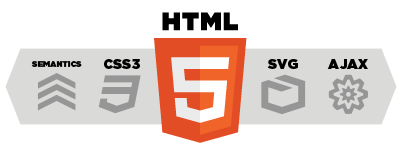Definition
Specify the kind of objects to create using a prototypical instance, and create new objects by copying this prototype.
UML class diagram
Participants
The classes and/or objects participating in this pattern are:
- Prototype - declares an interface for cloning itself
- ConcretePrototype - implements an operation for cloning itself
- Client - creates a new object by asking a prototype to clone itself
Sample code in C#
///
/// MainApp startup class for Structural
/// Prototype Design Pattern.
///
class MainApp
{
///
/// Entry point into console application.
///
static void Main()
{
// Create two instances and clone each
ConcretePrototype1 p1 = new ConcretePrototype1("I");
ConcretePrototype1 c1 = (ConcretePrototype1)p1.Clone();
Console.WriteLine("Cloned: {0}", c1.Id);
ConcretePrototype2 p2 = new ConcretePrototype2("II");
ConcretePrototype2 c2 = (ConcretePrototype2)p2.Clone();
Console.WriteLine("Cloned: {0}", c2.Id);
// Wait for user
Console.ReadKey();
}
}
///
/// The 'Prototype' abstract class
///
public abstract class Prototype
{
private string _id;
// Constructor
public Prototype(string id)
{
this._id = id;
}
// Gets id
public string Id
{
get { return _id; }
}
public abstract Prototype Clone();
}
///
/// A 'ConcretePrototype' class
///
public class ConcretePrototype1 : Prototype
{
// Constructor
public ConcretePrototype1(string id) : base(id)
{
}
// Returns a shallow copy
public override Prototype Clone()
{
return (Prototype)this.MemberwiseClone();
}
}
///
/// A 'ConcretePrototype' class
///
public class ConcretePrototype2 : Prototype
{
// Constructor
public ConcretePrototype2(string id) : base(id)
{
}
// Returns a shallow copy
public override Prototype Clone()
{
return (Prototype)this.MemberwiseClone();
}
}
-
Average:
-
पुस्तकें(628)
-
कहते हैं:




















